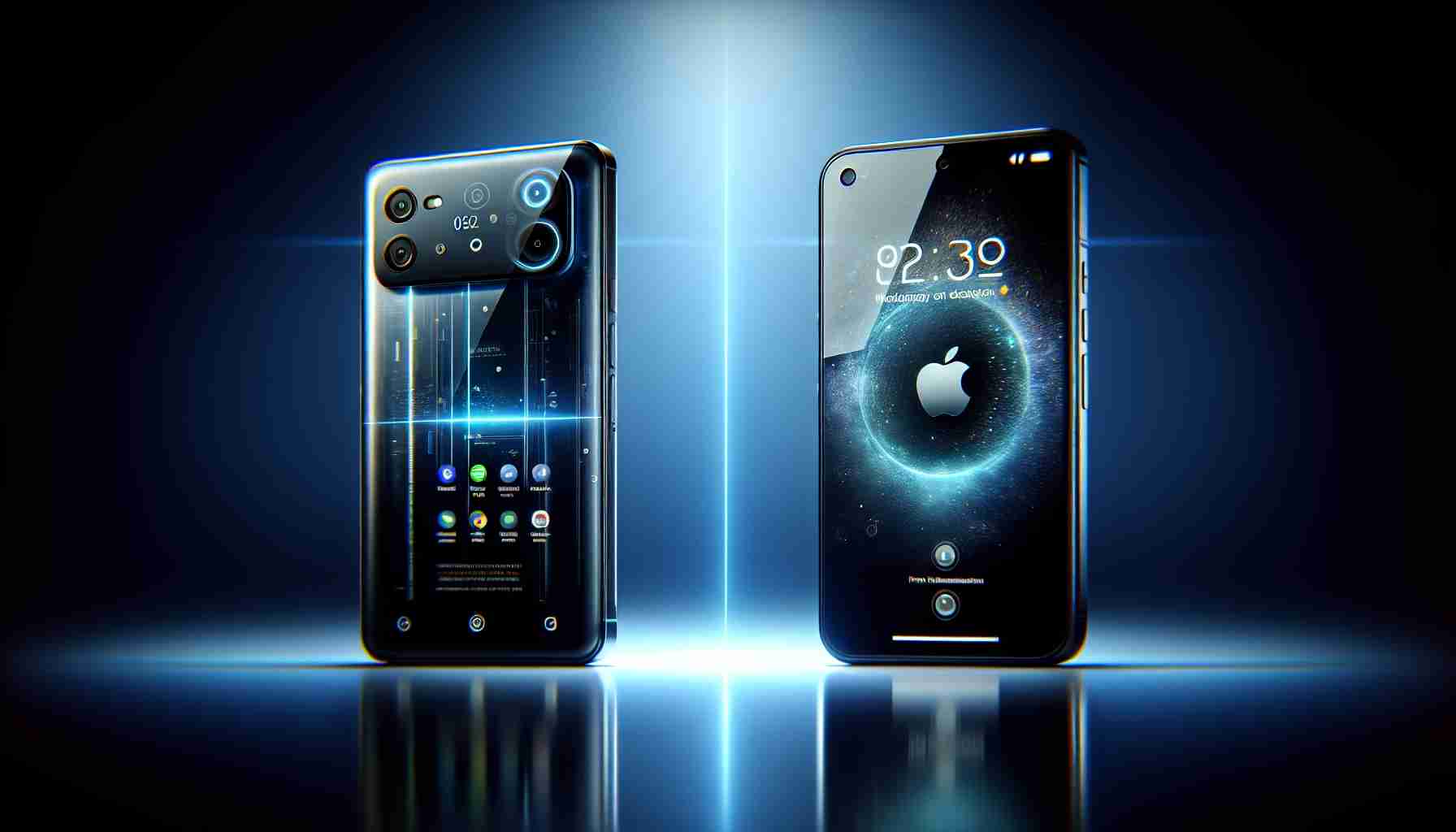In the world of flagship smartphones, the Galaxy S24 and iPhone 15 stand tall as two leading contenders. Priced similarly and offering top-of-the-line features, these devices cater to users with a budget of around €800 who seek a lightweight companion. Let’s examine the key aspects of these smartphones and discover how they differ.
Design:
The Galaxy S24 boasts a sleek and straightforward design, featuring dual Gorilla Glass Victus 2 panels, an aluminum frame, and IP68 water resistance. On the other hand, the iPhone 15 offers a clean design with Corning Ceramic Shield glass panels, an aluminum frame, and IP68 water resistance for up to 6 meters of depth.
While both devices showcase impressive build quality, the choice of design ultimately comes down to personal preference.
Display:
The Galaxy S24 sports a slightly larger display at 6.2 inches, although it has a lower resolution compared to the iPhone 15’s 6.1-inch screen. Additionally, the Galaxy S24 boasts a smooth 120Hz refresh rate, providing a more fluid experience compared to the iPhone 15’s 60Hz display.
Battery Life and Charging:
Despite having a larger 4,000mAh battery, the Galaxy S24 falls behind the iPhone 15 in terms of battery life. The iPhone 15’s 3,349mAh battery outperforms its competitor in various tests, except for calling duration.
When it comes to charging speed, the Galaxy S24 edges ahead with its 25W fast charging and support for reverse wireless charging. Meanwhile, the iPhone 15 offers 20W charging over USB-PD and does not feature reverse wireless charging.
Speakers and Audio Quality:
Both smartphones feature hybrid stereo speaker setups. Although the Galaxy S24 produces slightly louder audio output, the iPhone 15 takes the lead with its richer sound, deeper bass, and better vocal clarity.
Performance:
The Galaxy S24 incorporates Samsung’s powerful Exynos 2400 chipset, while the iPhone 15 is equipped with the A16 Bionic chip. While both devices deliver impressive performance, the Galaxy S24’s Exynos platform outshines the iPhone 15, particularly in terms of multi-core CPU performance and GPU power.
Memory and Software Support:
The Galaxy S24 offers two memory configurations, with options for 8GB RAM and either 128GB or 256GB of storage. In comparison, the iPhone 15 offers 6GB of RAM and storage options that go up to 512GB.
In terms of software support, Samsung promises an impressive 7 years of major OS updates for the Galaxy S24, surpassing Apple’s policy of providing 5-6 years of major iOS updates. The extended software support offered by Samsung ensures better value preservation over time.
Ultimately, the decision between the Galaxy S24 and iPhone 15 rests on individual preferences, with each device offering its unique set of features and advantages. Whether you prioritize display quality, battery life, performance, or software longevity, these compact flagships cater to diverse user needs.
Industry Overview:
The flagship smartphone industry is highly competitive, with leading companies like Samsung and Apple constantly striving to outdo each other. These companies invest heavily in research and development to introduce innovative features and improvements in their devices. The market is driven by consumer demand for high-quality smartphones with advanced features and reliable performance.
Market Forecasts:
According to market research, the global flagship smartphone market is expected to grow steadily in the coming years. Factors such as rising disposable income, increasing smartphone penetration, and technological advancements are contributing to this growth. Additionally, the demand for compact smartphones with premium features is also on the rise, fueling the competition between companies.
Issues Related to the Industry:
One major issue faced by the flagship smartphone industry is the constant need to balance technological advancements with affordability. As devices become more sophisticated, the manufacturing costs increase, leading to higher pricing. This can pose a challenge for manufacturers as they try to cater to a wide range of consumers with different budget constraints.
Another issue is the environmental impact of smartphone production and disposal. The manufacturing process involves the use of scarce resources and hazardous materials, while the disposal of old devices contributes to electronic waste. Companies in the industry are working towards implementing sustainable practices and recycling initiatives to minimize these environmental concerns.
Related Links:
– Global Smartphone Market Share
– iPhone 15 Rumors and Features
– Samsung Galaxy S24 Official Website
The source of the article is from the blog papodemusica.com
